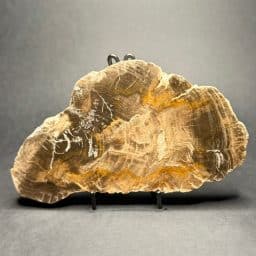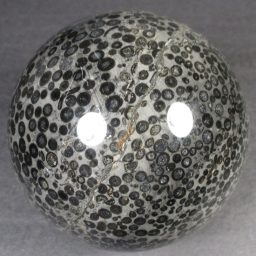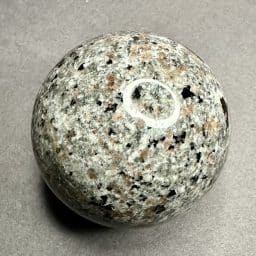Description
In southwest Wyoming (and parts of Colorado and Utah) in the Green River Formation are found some of the world’s most outstanding specimens of fossil fish. The Green River system was composed of three lakes: Lake Ulinta, Lake Gosiute and Fossil Lake. These Eocene Lakes lay in a series of intermountain basins formed by geological events that uplifted the Rocky Mountains during the early Tertiary time.
The Climate was much different from the desert-like climate of this area today. Both the fauna (crocodiles, alligators, boa constrictors and some subtropical fish families) and the flora (such as large palm trees) indicate a climate much like that found along the Gulf Coast today. Large amounts of ash found in the sediments indicate that volcanoes were particularly active at this time.
The fossils found in the Green River Formation are between 40-60 Million years old and are in excellent preservation. The most common fish found in the formation is the Knightia, a herring-like fish. They are found singularly or in large groupings. These groupings are referred to as “Mortality Layers” and are believed to have been caused by extensive ash fall-out after volcanic eruptions. Some of the other species of fish found in the Green River Formation are: Phareodus, a carnivorous fish often found up to 2 feet in length and having many sharp teeth. Mioplosus, a true perch, and Priscacara, a sunfish-like fish with stout dorsal and anal spines. There are also turtles, stingrays, crocodiles and alligator gar-fish.
The fossils of the Green River Formation – each one unique – are some of nature’s finest art. They are highly valued by collectors the world over.






